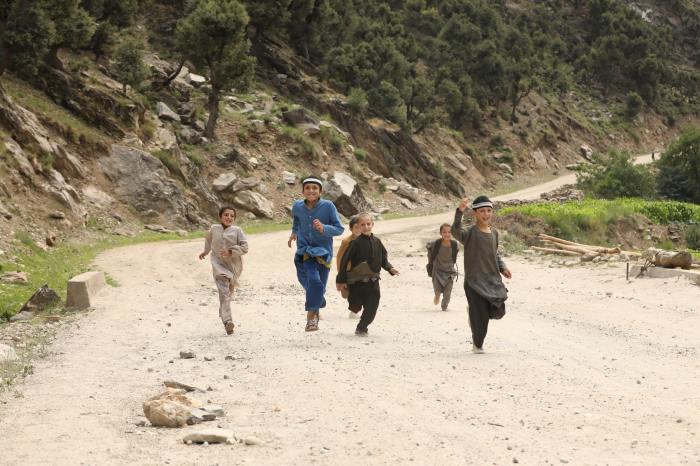‘The return of the Taliban meant a return of terror for the Hazara people.’
Surraya, whose name means ‘Brightest Star’, is a 33-year-old Afghan Hazara woman currently living as a refugee in Pakistan. Born to refugee parents who fled to Iran following the Soviet invasion of Afghanistan in 1980, Surraya and her family returned to their country in 2004 in hope of peace, security and development.
And, for a decade and a half, while she and members of her fellow Hazara community did face some challenges and discrimination, those hopes seemed genuinely within reach.
Continue reading “Forced to flee Afghanistan, the struggle of many refugees does not end there”

